Interview by Hannah Carroll Harris // May 26, 2020
A steel mountainous landscape steadily deteriorates in its brine-filled vitrine, turning the once-clear liquid a corrosive dusty orange (‘Old Man’, 2017); a hanging plastic sheet rhythmically moves to a draft of air in the gallery space (‘Onda’, 2016). These are the works of Jan Eric Wold Skevik, who centres alchemical processes of impermanence and transformation through his sculpture and installation practice. Presenting materials in different stages of decay and decomposition, Skevik’s work is a poetic pondering on our understanding of the material world and how we tell the story of certain objects.
Laying bare a careful balancing act of chemical-physical processes, his ongoing series ‘Salt Artefacts’ reveals the sensitive and often transient connections present in our material world. The work is currently in Berlin as part of the exhibition ‘The White, the Green, and the Dark: Contemporary Positions from Norway’ presented by the Royal Norwegian Embassy. We chatted to Skevik about ‘Salt Artefacts,’ the experience of working with time and temporality and life in our new shared reality of isolation and separation.
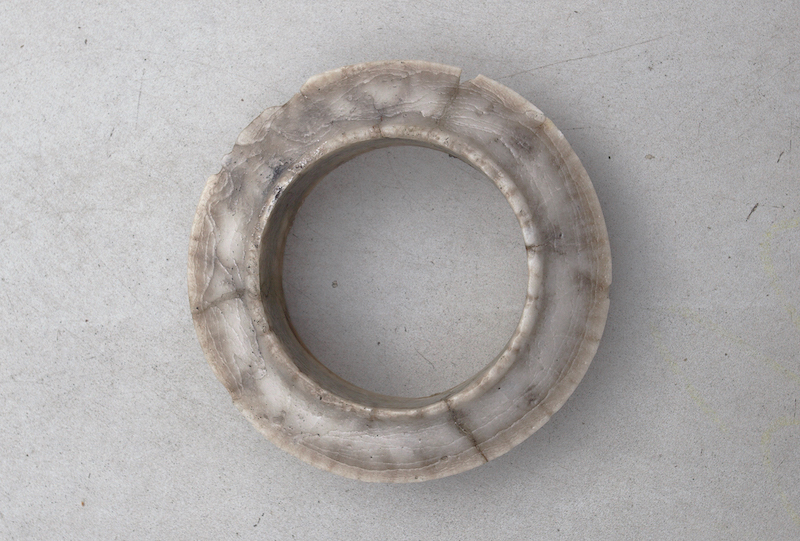
Jan Eric Wold Skevik: ‘Salt Artefacts’, 2015–2017 // Photo Jan Eric Wold Skevik
Hannah Carroll Harris: Could you please tell us about the series ‘Salt Artefacts.’ What would people see if they could view the artworks right now?
Jan Eric Wold Skevik: ‘Salt Artefacts’ were intended as a social commentary. The pieces are jewellery that cannot be worn, yet are made of a substance that was once, in ancient times, as valuable as gold. These are produced by melting sea salt at a high temperature, then pouring the molten salt into a pre-built mould, sometimes adding other minerals to the mix. These additions act like naturally-occurring inclusions in rocks, revealing in the salt, a translucency very similar to marble or human skin. If the mineral is reactant to salt and/or water, the piece will continue to develop in different ways depending on its composition.
The process of producing these objects describes the trajectory of the material bringing its value closer to the value of gold, step by step from the ocean to the supermarket shelf; to the studio; to the gallery; to the museum. While we perceive life through experiences, we position ourselves in the world through the belief of stability when permanence only exists in contrast with our lifespan.
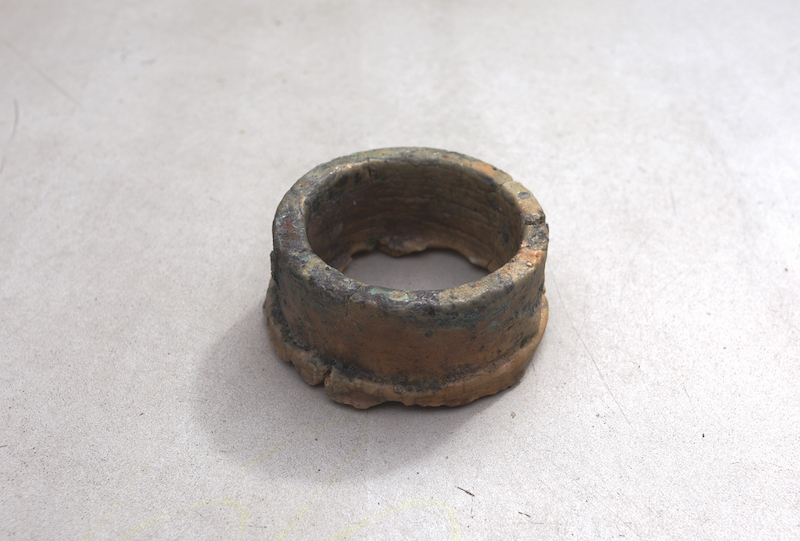
Jan Eric Wold Skevik: ‘Salt Artefacts’, 2015–2017 // Photo Jan Eric Wold Skevik
HCH: Despite their solidity, they seem like such fragile, transient objects. What is the lifespan for these works, are they intended as ephemeral pieces?
JEWS: I seem to make new ones every other year. These objects dissolve when in prolonged contact with water and are vulnerable to direct impact. But, since these exist in reference to the human body, but were not intended to be worn, they will last as long as any rock. The three earlier ones from 2015 range from white to grey depending on the amount of graphite that adheres to the salt. The remaining one was made later, in 2017, and it contains copper oxide, which gives it its terracotta colour and green patina when exposed to humidity.
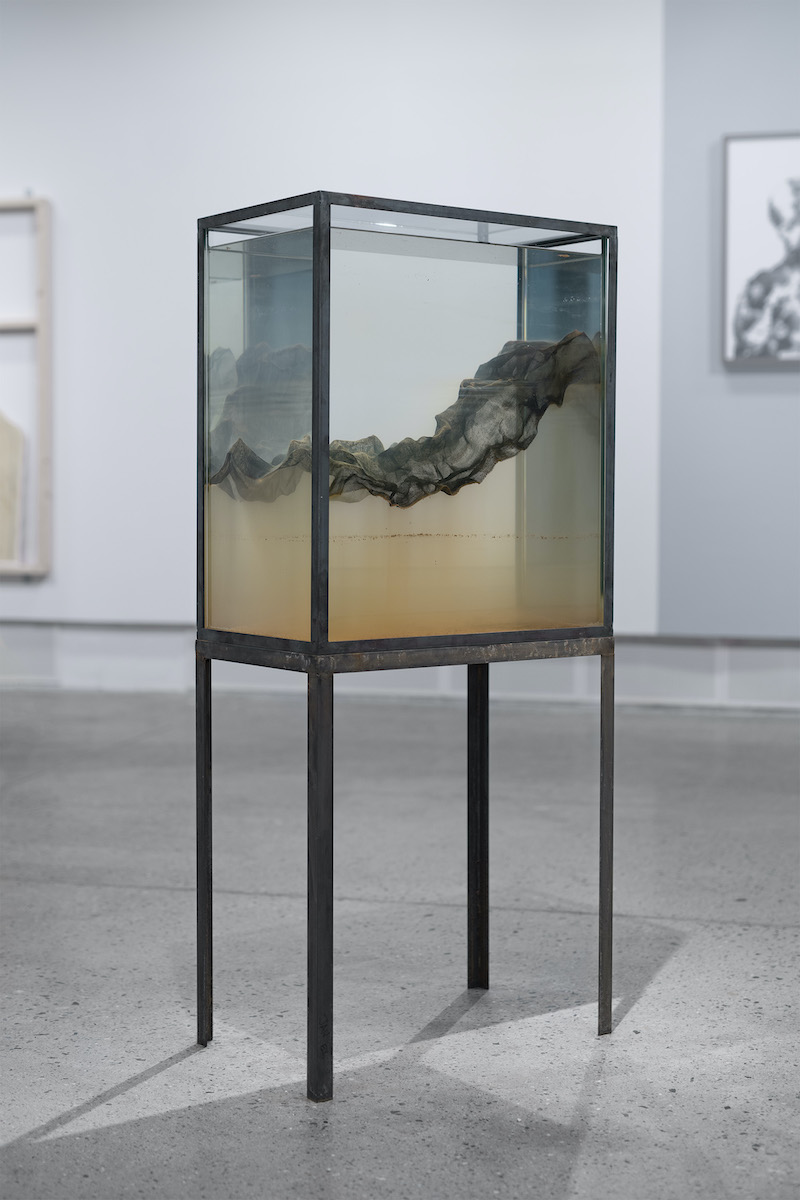
Jan Eric Wold Skevik: ‘Old Man’, 2017 // Photo Kristoffer Kråkstad
HCH: Your practice focuses on scientific and chemical-physical processes and there seems to be a phenomenological component to your work. Why is it important to you to bring these processes into exhibition spaces for people to witness first hand?
JEWS: A great part of our lives happens online, in an accelerated reality. This has developed in us a pathological impatience that leads us to fast-forward living, even off-screen. We are so consumed with noise that we tend to forget all these incredible things happening around us. I mean, we live on a rock floating in space. So much happens within our own bodies: cells multiply and die, wounds heal, nails and hair grow, we grow, we decay, we multiply. I like to frame these processes, isolate them from all the rest to celebrate how special it is to exist.
We can create objects, but art will not exist if it is not experienced. The work is only ever complete when the viewer interacts with the piece. Since we are talking here about three-dimensional objects, it is essential that we experience them intuitively. If, for example, I made a video to showcase the object, the viewer would experience the video of the object, but never the object itself–as the video would have been tainted by my intentionality.
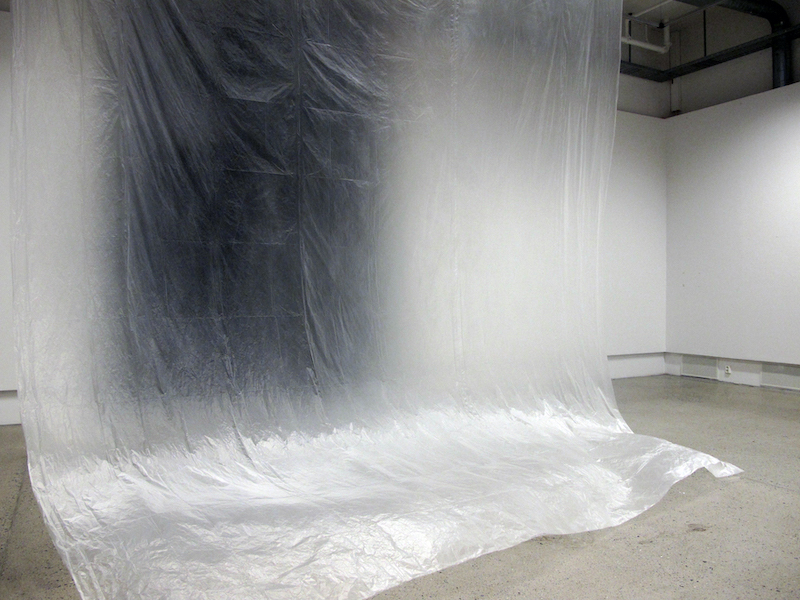
Jan Eric Wold Skevik ‘Onda’, 2016 // Photo Jan Eric Wold Skevik
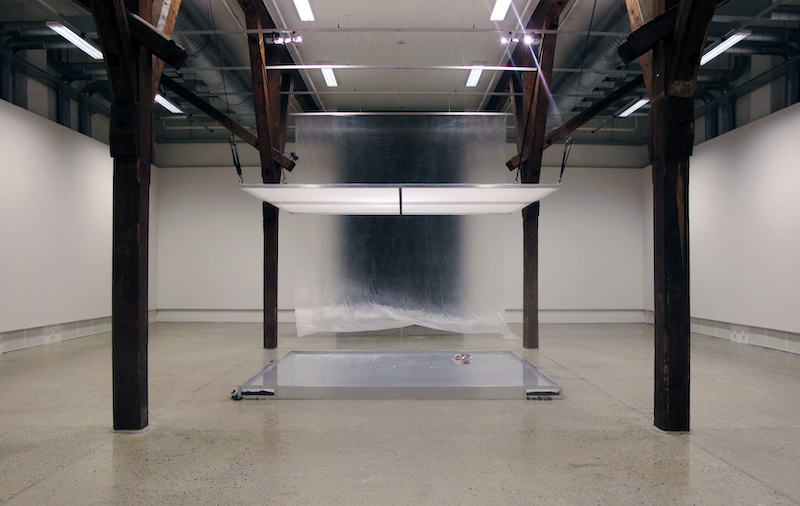
Jan Eric Wold Skevik: ‘Opaco/Onda’, 2016 // Photo Jan Eric Wold Skevik
HCH: Throughout your work you often reference nature through the lens of science and emulating scientific methods. How does the land or landscape more broadly influence your practice?
JEWS: Nature and science are my God and bible. Independent of where I am, my surroundings are persistently instructing my decision making. And this includes the thoughts behind everything I perceive, from trees to the history behind places, architecture, the people, the local industry, the climate: everything becomes interaction. The context where the piece was conceived, made, and/or exhibited cannot be drawn out of the work, it will be present regardless.
HCH: How has your practice been impacted by our current crisis? Do you think Covid-19 will guide the direction of work you make in the future conceptually?
JEWS: As we live this new reality of isolation and separation, it seems that the world’s awareness took a turn to a more defined sense of separation and control. I feel it is time to practice a more mindful approach of inclusion. Time for experimenting on a new illuminism if you will: an enlightenment discourse, advocating individual liberty, democracy, freedom of expression and a way toward the eradication of brutal financial authority on people’s lives.
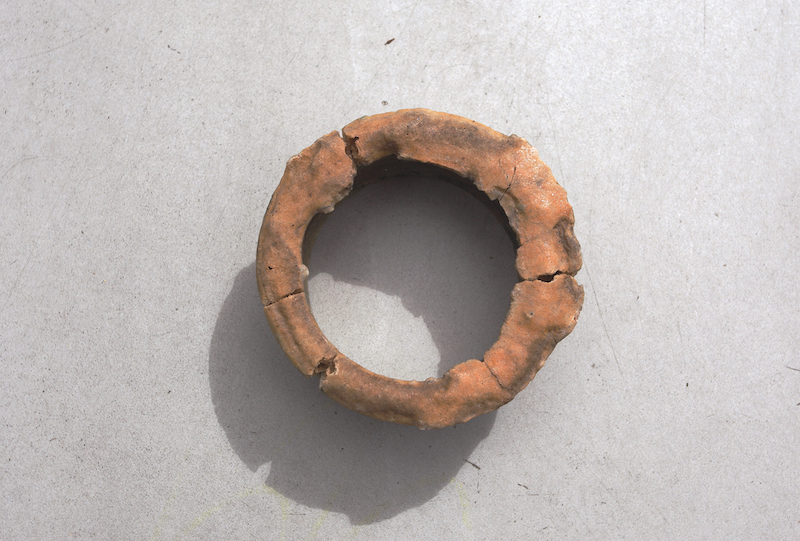
Jan Eric Wold Skevik: ‘Salt Artefacts’, 2015-2017 // Photo Jan Eric Wold Skevik
This article is a part of our Features’ topic ‘Landscape’ and is presented in collaboration with the Royal Norwegian Embassy in Berlin on the occasion of their exhibition ‘The White, the Green, and the Dark: Contemporary Positions from Norway,’ in which Jan Eric Wold Skevik is a participating artist. The exhibition, curated by Sabine Schirdewahn, explores concepts of identity and home through intimate portrayals of the region’s landscape, both ecological and social, using a wide variety of media from sound and film to textile and sculptural works. A further emphasis of the contemporary works on display is the presentation of works by artists who belong to the Indigenous ethnic group of the Sámi. To read more from this topic, click here.
Artist Info
cargocollective.com/janericskevik
Exhibition Info
ROYAL NORWEGIAN EMBASSY
Group Show: ‘The White, the Green, and the Dark: Contemporary Positions from Norway’
Exhibition: June 02–Oct. 03, 2020
Fellehus, Nordic Embassies, Rauchstraße 1, 10787 Berlin, click here for map
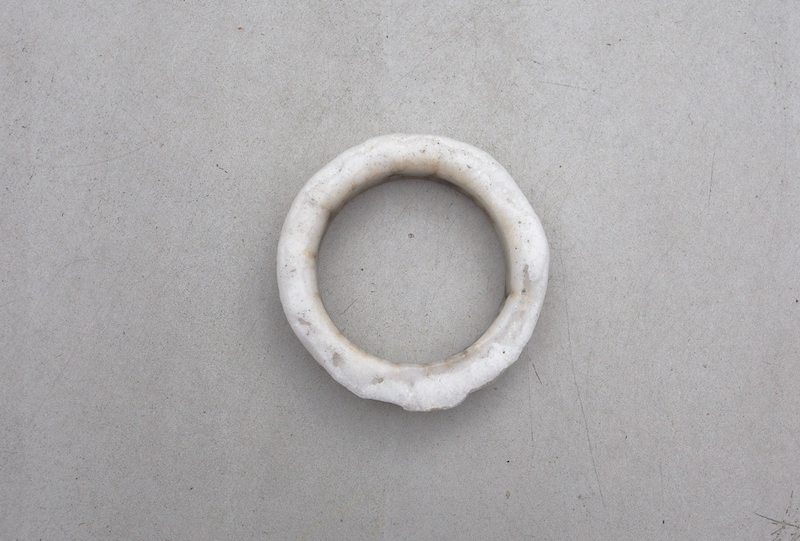
Jan Eric Wold Skevik: ‘Salt Artefacts’, 2015–2017 // Photo Jan Eric Wold Skevik






















